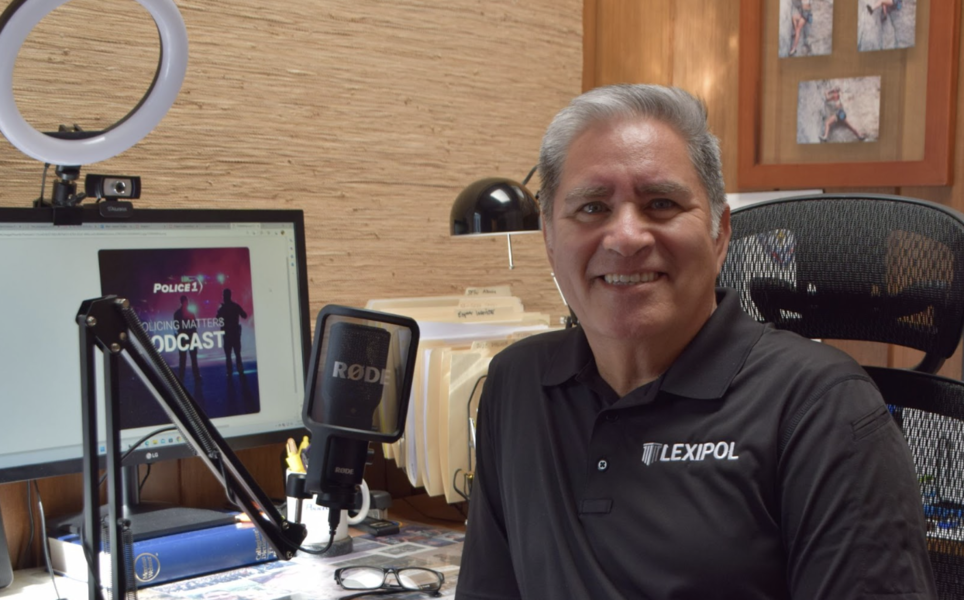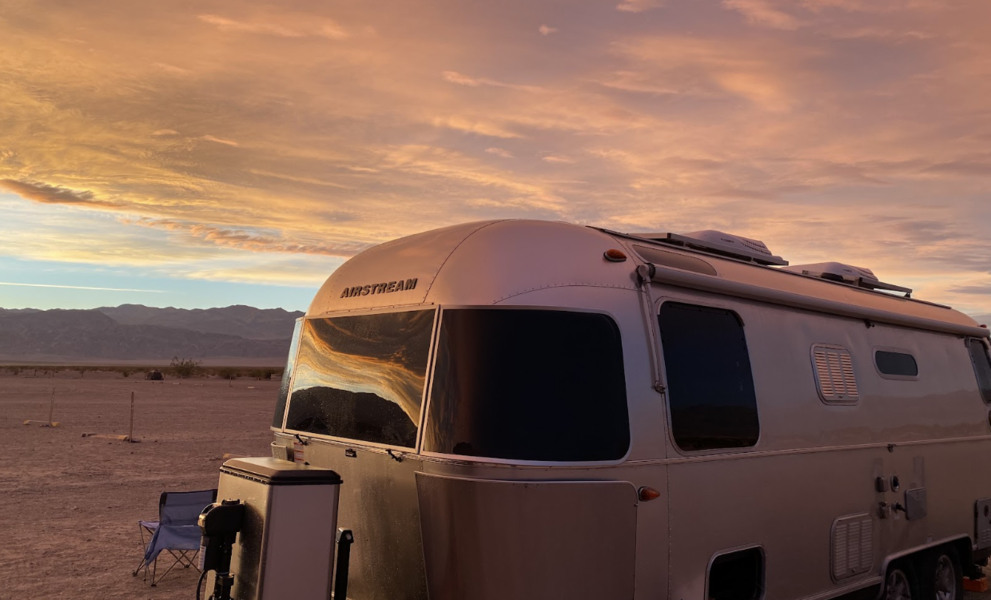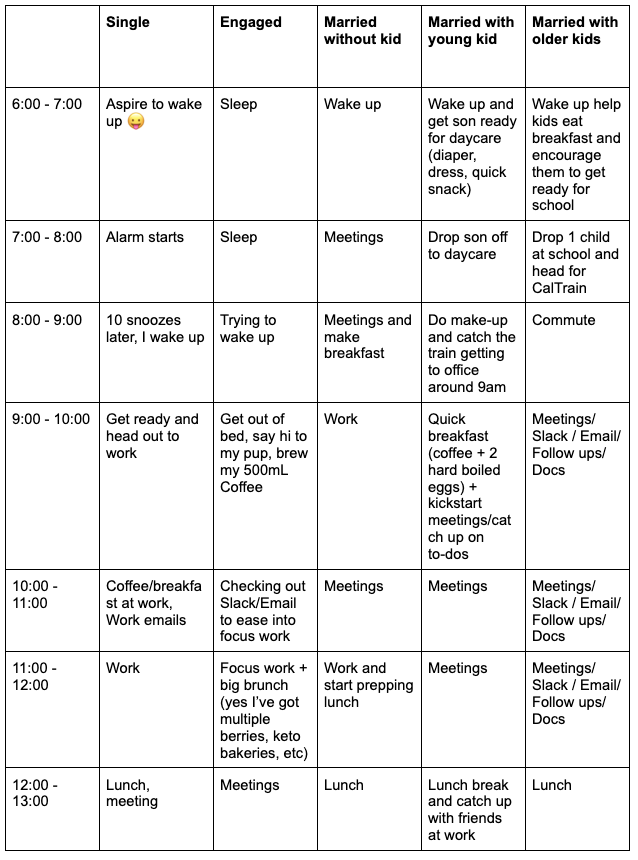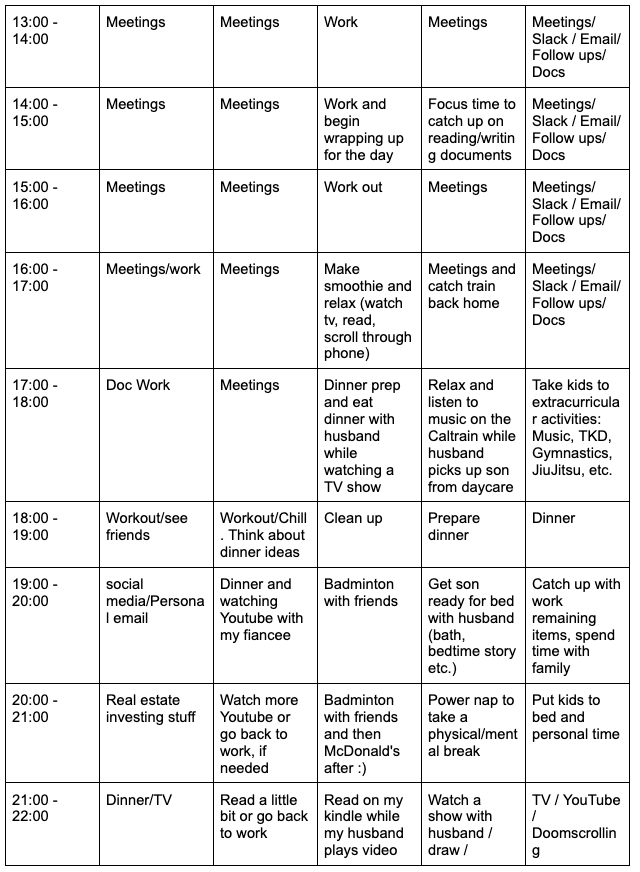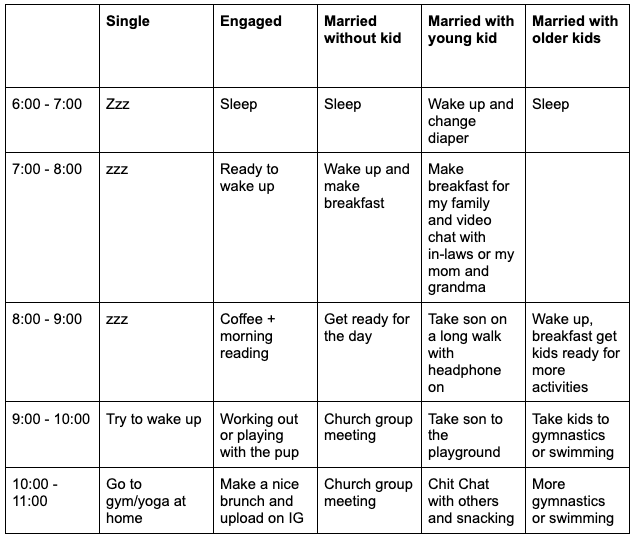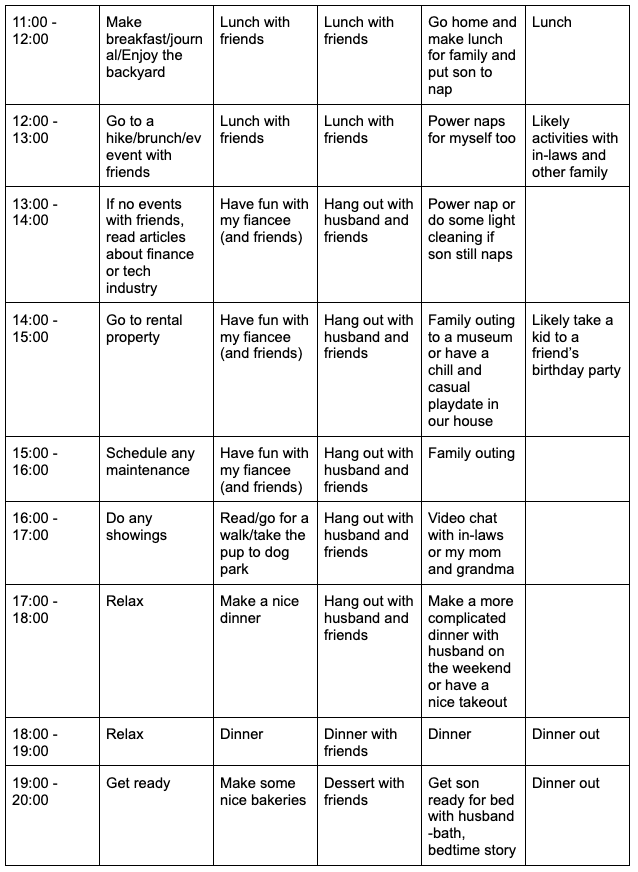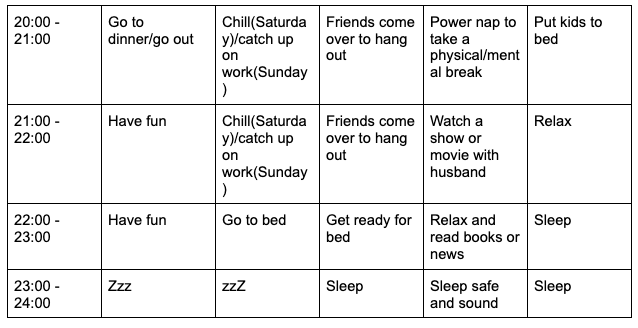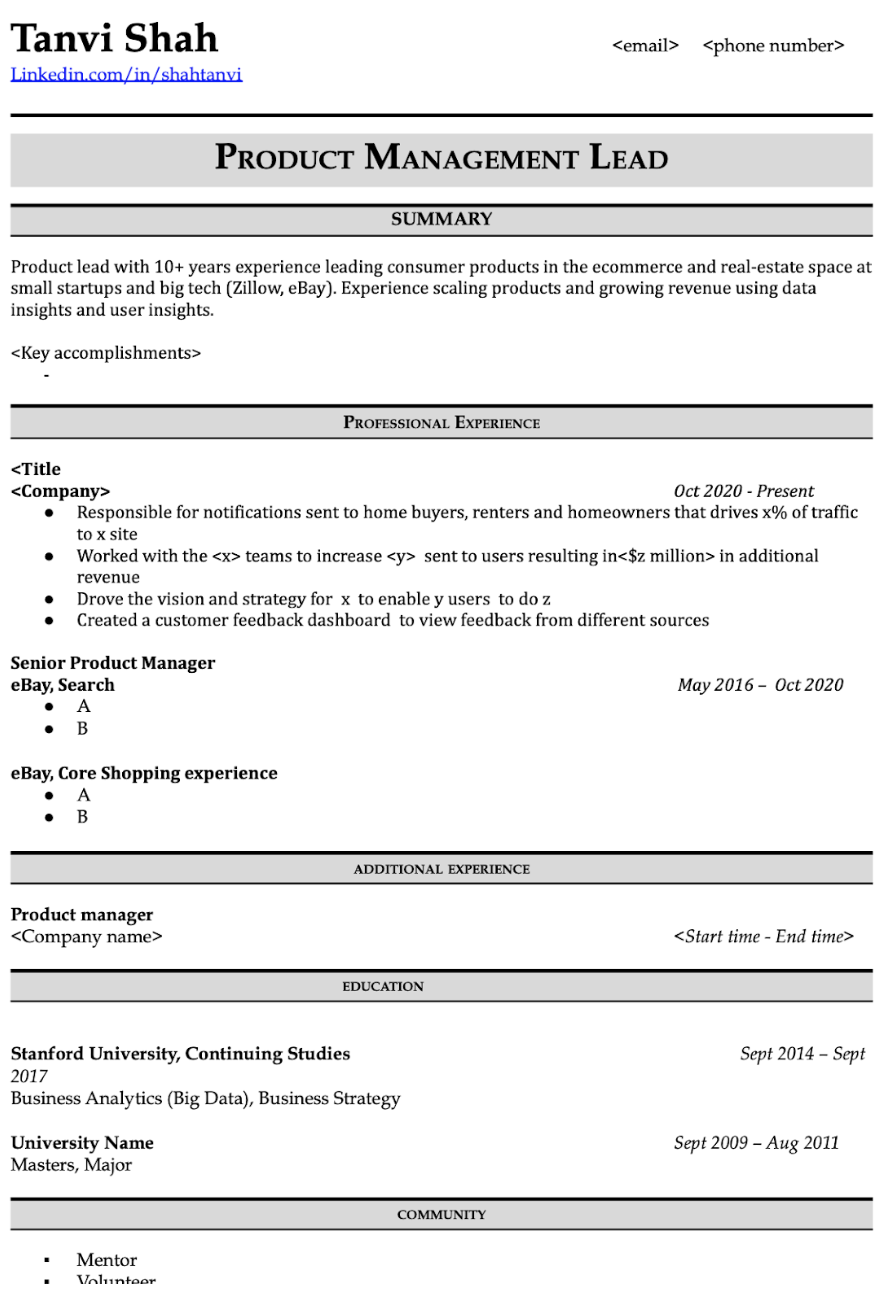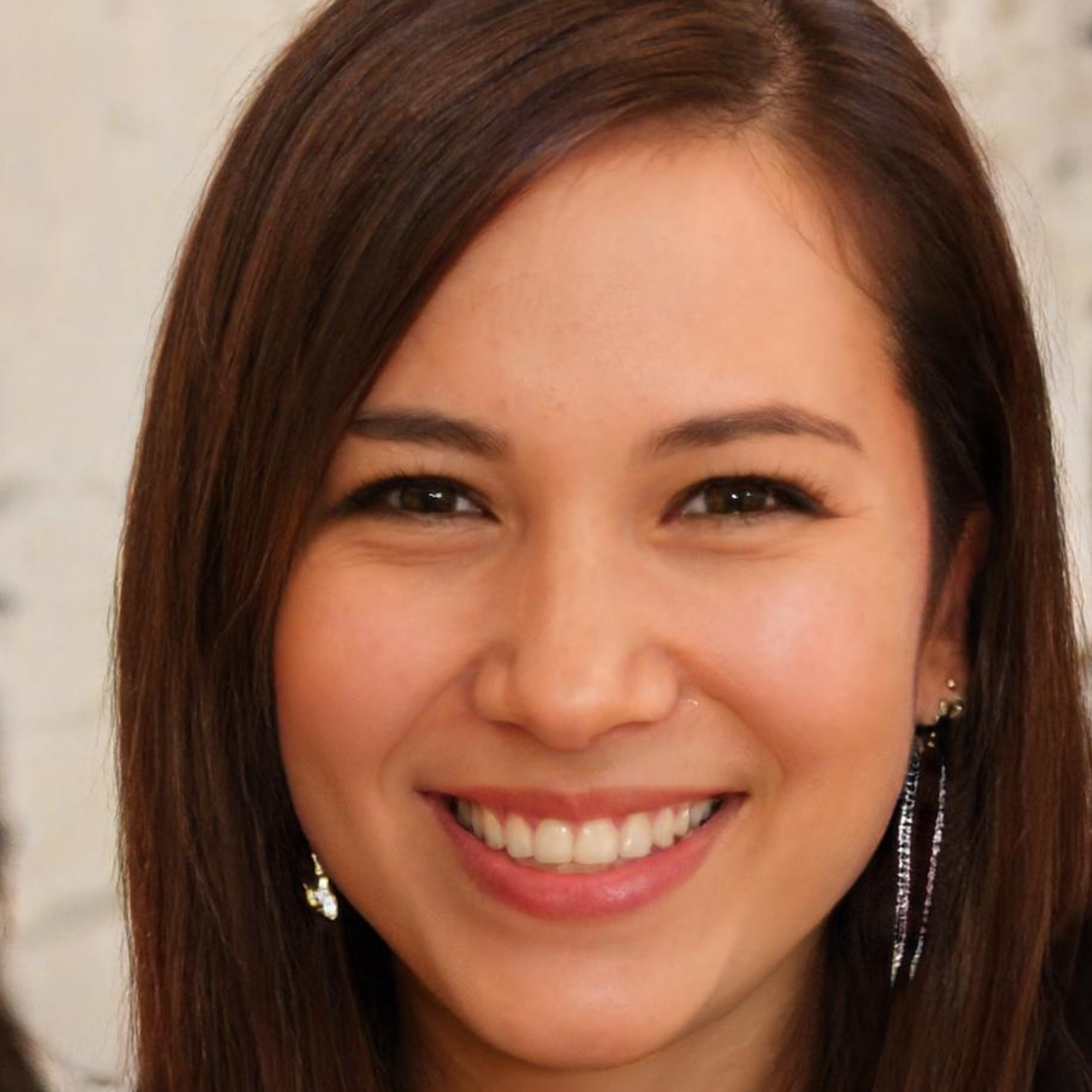Subscribe at https://www.linkedin.com/pulse/pm-lessons-from-southwest-cancellation-fiasco-yiyang-hibner

Co-author: Reagan Fry
2022 has been quite a year for a lot of us, and December was always supposed to be the most comforting, rewarding holiday time with the family to recharge before the New Year. However, if you tried to travel by air through Southwest, then there was a high chance you would have had a last minute cancellation, adding uncertainty and anxiety to an already stressful year. Originally we wrote this article about what kind of technical and PR disaster it was for Southwest, but Southwest handled it with genuine customer-care follow-ups and we are truly impressed. For example, they reimbursed everything when we rented a truck to drive back from Fresno back to the Bay Area, as well as gave us 75,000 rewards points. Now we are loyal customers again.
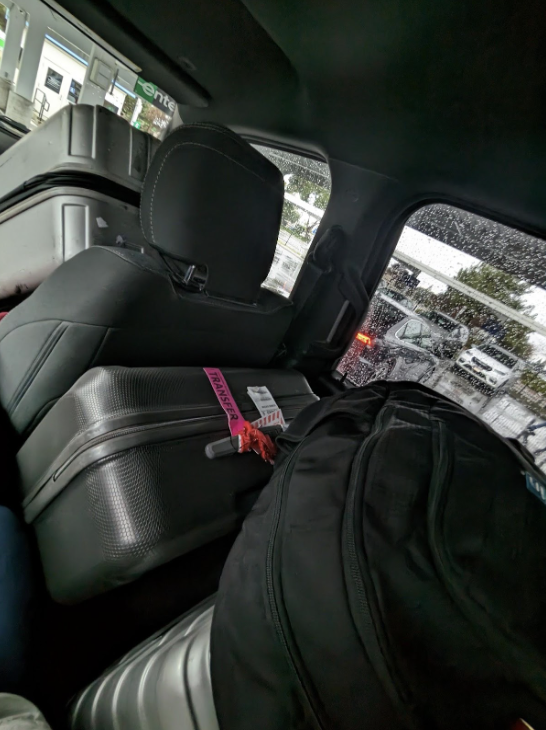
A family of 3 driving in the heavy rain from Fresno back to Bay Area on New Year's Eve
Lesson 1: Handle PR disaster with grace
Trust is hard to earn and easy to lose. Attempting to prevaricate about what actually happened, shift blame, or minimize an issue are easily detected by customers and are great ways to permanently lose trust.
- Don’t wait too long to communicate with your customers. Keep it clear, concise, and simple. Sometimes negative updates are better than no updates at all.
- Acknowledge the issues or mistakes as well as the impact it has had on customers.
- Let customers know when you have a plan to address issues and keep them updated on your progress. Go above and beyond what customers might expect to make things right.
It’s almost impossible to put the genie back in the bottle when disaster strikes, as painful as it may be. Southwest generally followed the right steps - they acknowledged responsibility, communicated with customers and delivered a remediation plan. However, given the nature and scale of the disaster, the refunds offered didn’t go above and beyond to make things right with customers. Ruining the holiday dinner means there’s a good chance you won’t get invited back next year.
Lesson 2: Have a good postmortem reflection to avoid similar issues in the future
Postmortems are a critical part of improving your product processes. They help you and the org prevent the same issue from happening twice and improve how you respond to other incidents in the future. This should not be a pinger-pointing exercise, but an objective discussion of the factors leading to the issue and alignment on recommended next steps.
A good postmortem typically consists of the following:
- What was the timeline of events? This should outline what happened and how the team responded.
- Who did it affect and what was the impact?
- What was the root cause of the issue?
- What worked well? What didn’t work well?
- How can we prevent from happening in the future or improve how we respond to other issues in the future?
Southwest’s meltdown was so comprehensive and high profile that they hired an outside consulting firm to perform what essentially amounts to a plus-sized postmortem to address the systemic failures that led to it.
Lesson 3: Develop a response plan for worst case scenarios
People tend to form impressions of past experience through intense positive or negative moments and the end of their experience (known as the peak-end rule. The peak–end rule,weighted in our mental calculus.) in psychology). This means that when a crisis inevitably happens, how you respond is critical if you want to influence future perception and retain loyal customers.
Identifying risks and how you are addressing them should be standard whenever introducing changes to the product that impact a significant amount of users. Additionally, not all issues result from planned changes, so you should identify key failure points that would result in significant consequences for the business and/or users to know how to respond. This will help you and your team reduce churn, respond faster, and mitigate frustration for your customers.
There are three general categories of questions that any response plan should seek to cover:
- Is there an SOP (standard operating procedure) defined? Is it easily accessible by individuals throughout the organization? Does this SOP outline different courses of action depending on the scenario?
- Who are the key POCs and teams that need to be involved? Do we know how to contact them? What if they are not reachable?
- When the response is defined, do we have the capability to deliver on the response plan? Do we need to scale up (ex. Have more agents working to process refunds) in a worst case scenario and if so, how?
Lesson 4 Prioritize long-term benefits over short-term gain
It can be difficult to prioritize tech debt reduction projects and communicate their tangible impact. Leaders have goals and want results now. All too often, investment to address tech debt comes after long periods of slow execution, de-prioritizing projects that would otherwise be innovative or impactful but for the inflated cost, consistent difficulty in scaling, or, as in the case of Southwest, critical system failure.
*“Southwest has acknowledged putting updates to its crew scheduling system behind other improvements, despite long-standing complaints from pilots and flight attendants…calling the system its “Achilles’ heel” in the December breakdown.”
by Fortune
Waiting for things to break is a failure of communication and prioritization. As a PM, it’s your job to translate the impact of addressing tech debt to the business and finding space on your roadmap to accommodate such projects. This is not solely an engineering responsibility.
- What is the impact of the things you could launch if this project increased execution speed by X%? What is the impact of projects that are now possible due to reduced investment cost?
- What is the likelihood of system failure or the opportunity cost of reduced capacity? For Southwest, it was 9% of Q4 2022 revenue, or $700M in cost impact and a double digit stock price decline in just a few days, not to mention the frustration of millions of customers and the downstream impact this will cause when customers switch airlines due to the horrible experience.
What do you think and how were your recent travel experiences? Please share your thoughts with us in the comments!
